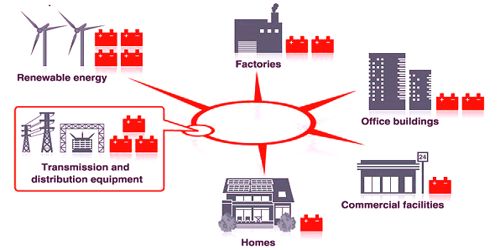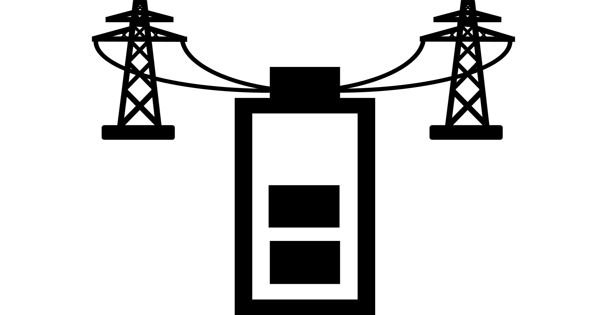Energy storage is a widespread subject of interest to scientists, engineers, technologists, and industry professionals worldwide. Grid energy storage is a collection of methods used for energy storage on a large scale within an electrical power grid. Electrical energy is stored during times when electricity is plentiful and inexpensive (especially from intermittent power plants such as renewable electricity sources such as wind power, tidal power, solar power) or when demand is low, and later returned to the grid when demand is high, and electricity prices tend to be higher. Modernizing the grid will require the substantial deployment of energy storage. A battery energy storage system (BESS) is an electrochemical device that charges (or collects energy) from the grid or a power plant and then discharge that energy at a later time to provide electricity or other grid services when needed.
The grid energy storage market is strong and is set for further growth. As of 2017, the largest form of grid energy storage is dammed hydroelectricity, with both conventional hydroelectric generation as well as pumped-storage hydroelectricity. Renewable energy is critical to transforming electric grids to meet the challenges of the future. Energy storage technologies—such as pumped hydro, compressed air energy storage, various types of batteries, flywheels, electrochemical capacitors, etc., provide for multiple applications: energy management, backup power, load leveling, frequency regulation, voltage support, and grid stabilization.

The electricity grid was built in days when electricity could not be economically stored in large quantities and it had to be produced the instant it was needed and consumed just as quickly as it was produced. As an energy-driven society we are facing sustainability challenges1 and therefore are constantly looking for better ways to design, manufacture, and use energy storage devices, including rechargeable batteries, fuel cells, and large-scale grid energy storage. Developments in battery storage have enabled commercially viable projects to store energy during peak production and release during peak demand, and for use when production unexpectedly falls giving time for slower responding resources to be bought online. A battery energy storage system (BESS) is an electrochemical device that charges (or collects energy) from the grid or a power plant and then discharges that energy at a later time to provide electricity or other grid services when needed. Regardless of the technology, the fundamental electrochemical process is most likely occurring on the nanoscale2 at an interface of two phases (e.g., solid-liquid) under applied potentials.
Utilities and grid operators are increasingly deploying networked energy storage solutions. This trend is similar to developments in the IT sector, where data centers distinguish between computing and storage clusters. Two alternatives to grid storage are the use of peaking power plants to fill in supply gaps and demand response to shift load to other times. The development has been spearheaded by faster virtualization technology and cheaper storage costs. An alternative interpretation is that the risks of technology lock-in in grid-scale energy storage outweigh the benefits.
















